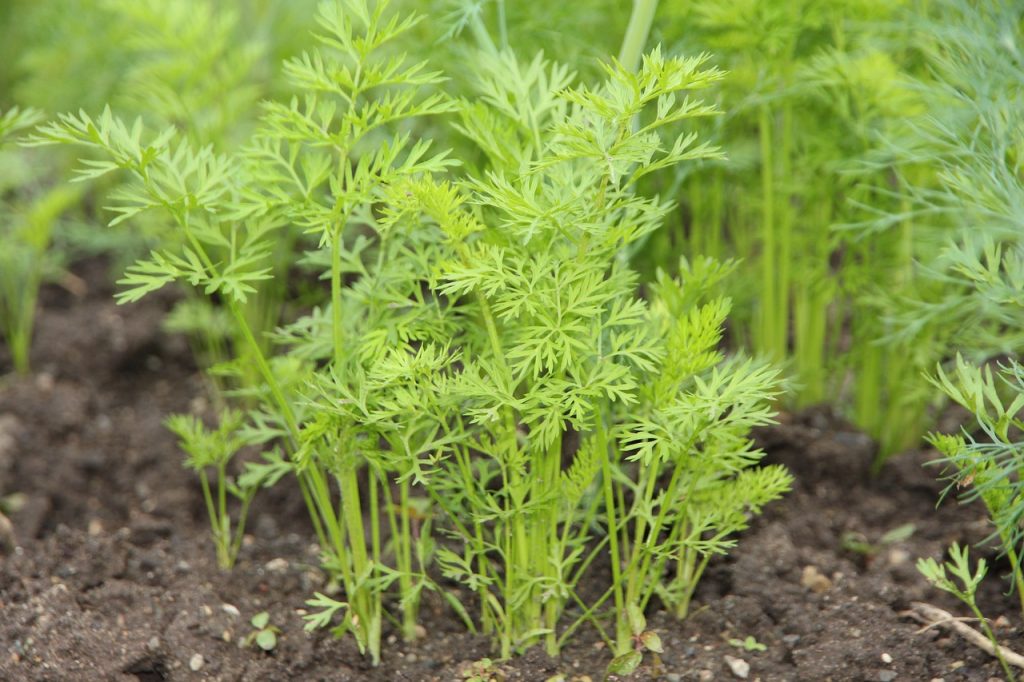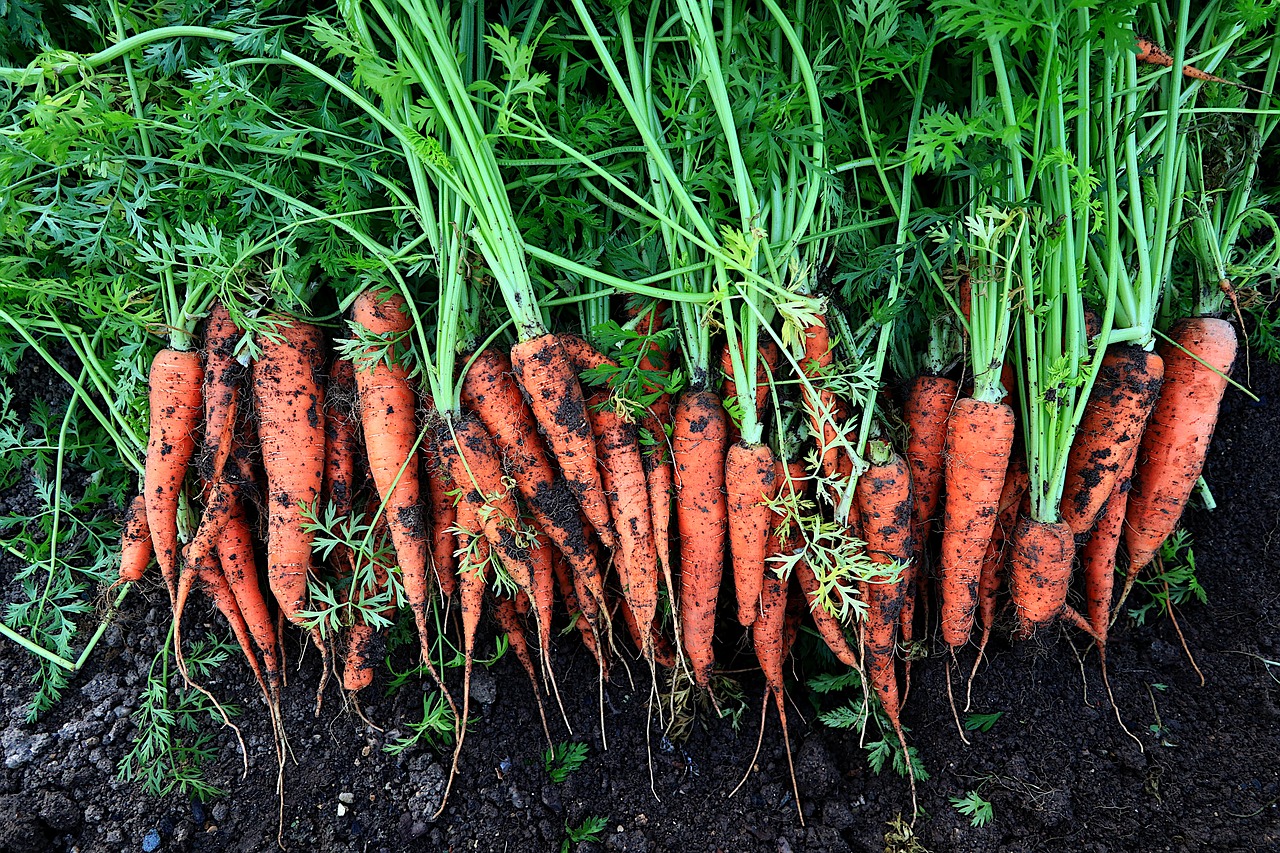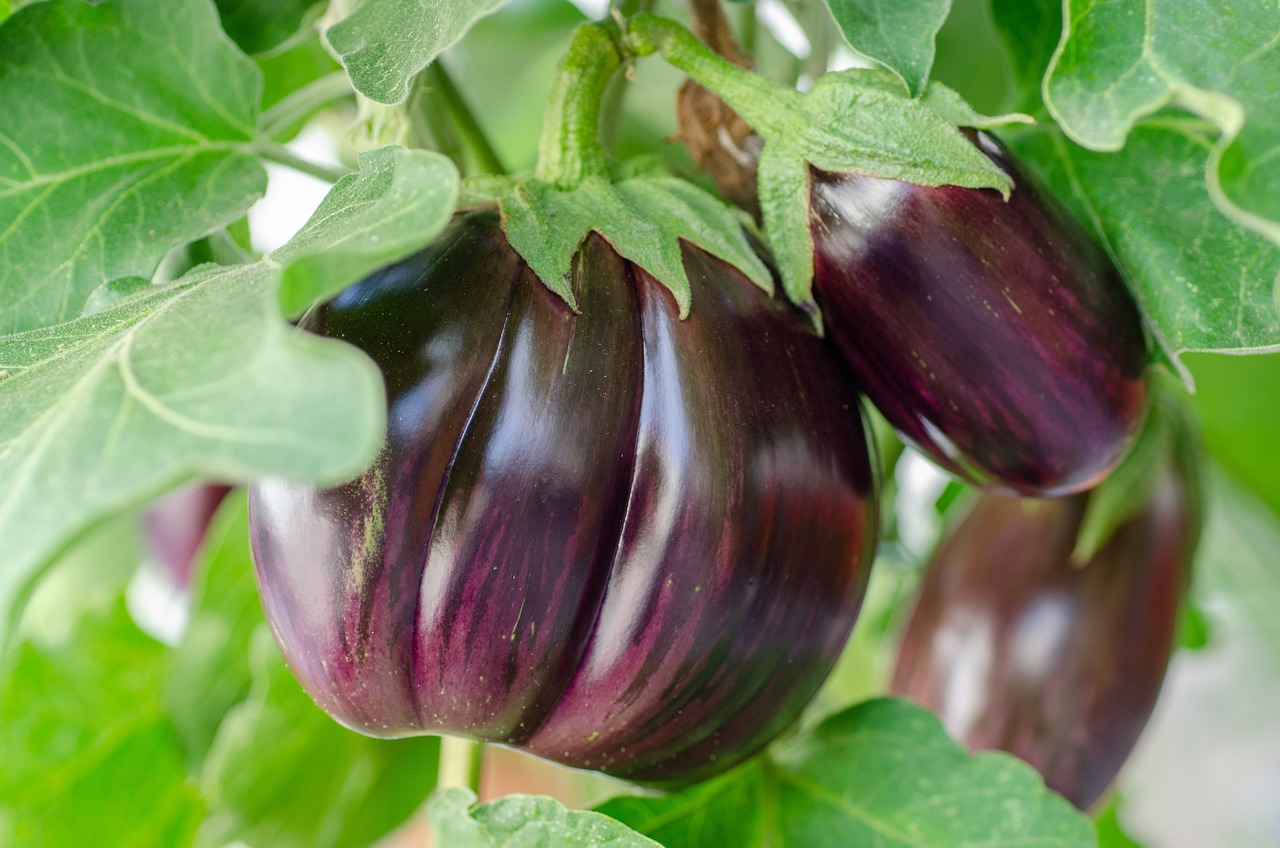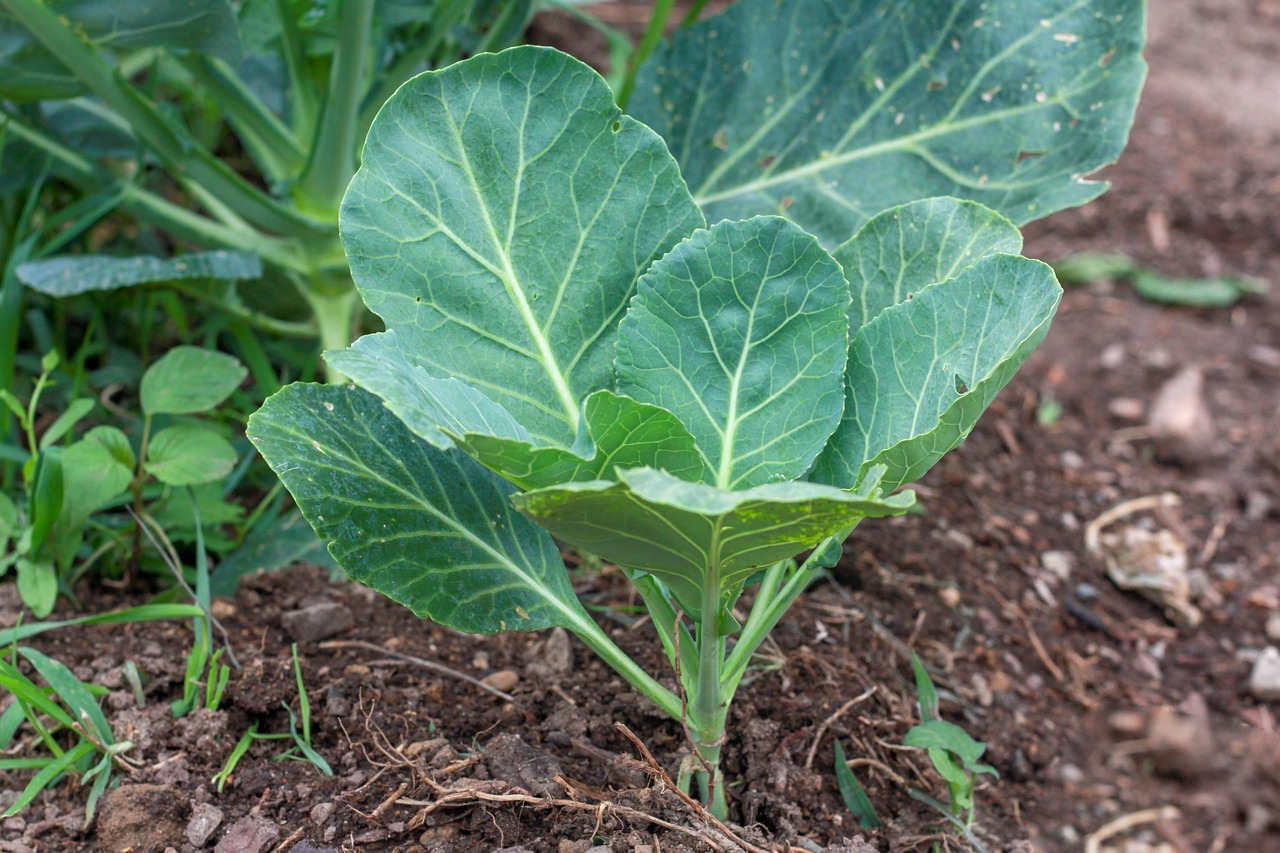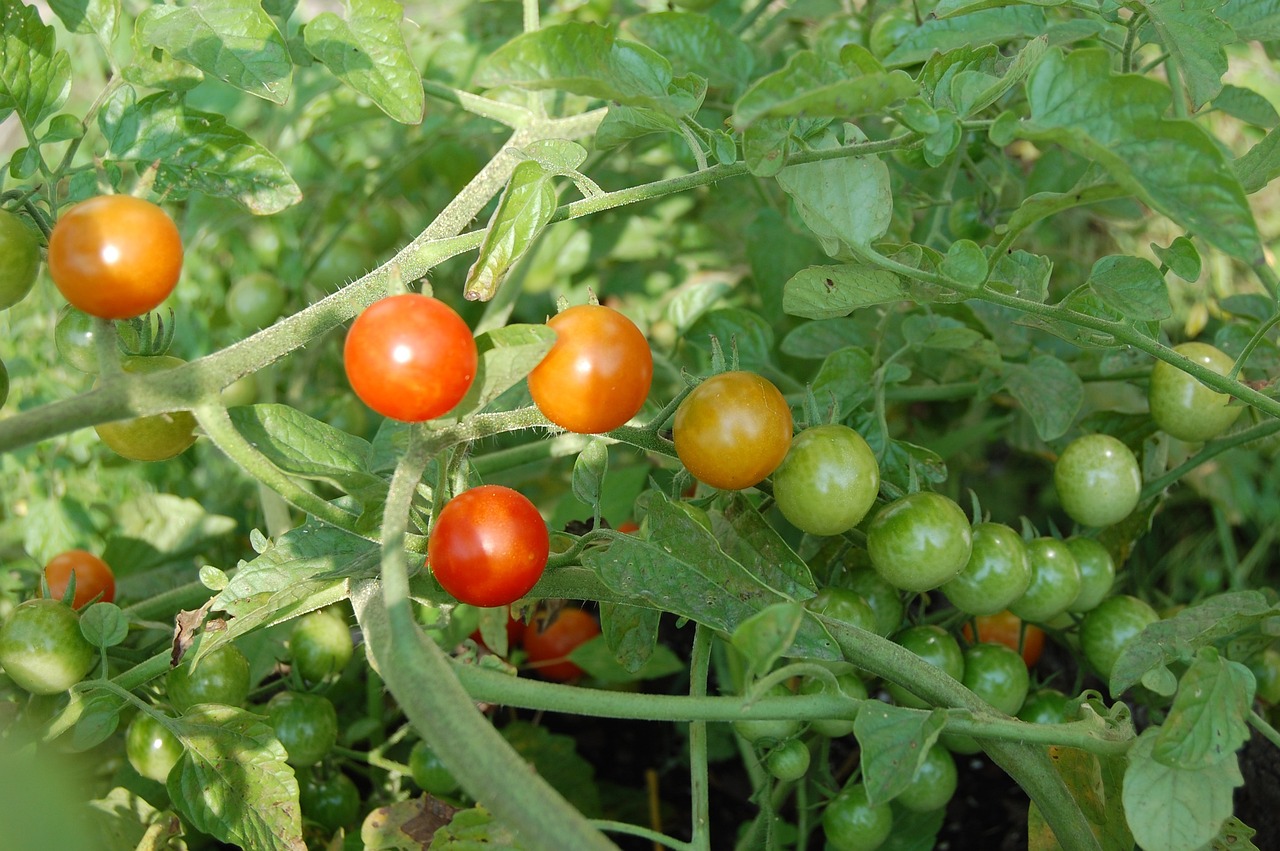Carrots are colorful and nutritious vegetables that are crunchy when raw, with a sweet and earthy flavor. They can be enjoyed raw or cooked in a variety of dishes.
Growing your own carrots can be a rewarding and satisfying experience, and it’s relatively straightforward with the right knowledge and a little patience.
In this article, we’ll guide you through the steps to successfully grow carrots in your home garden.
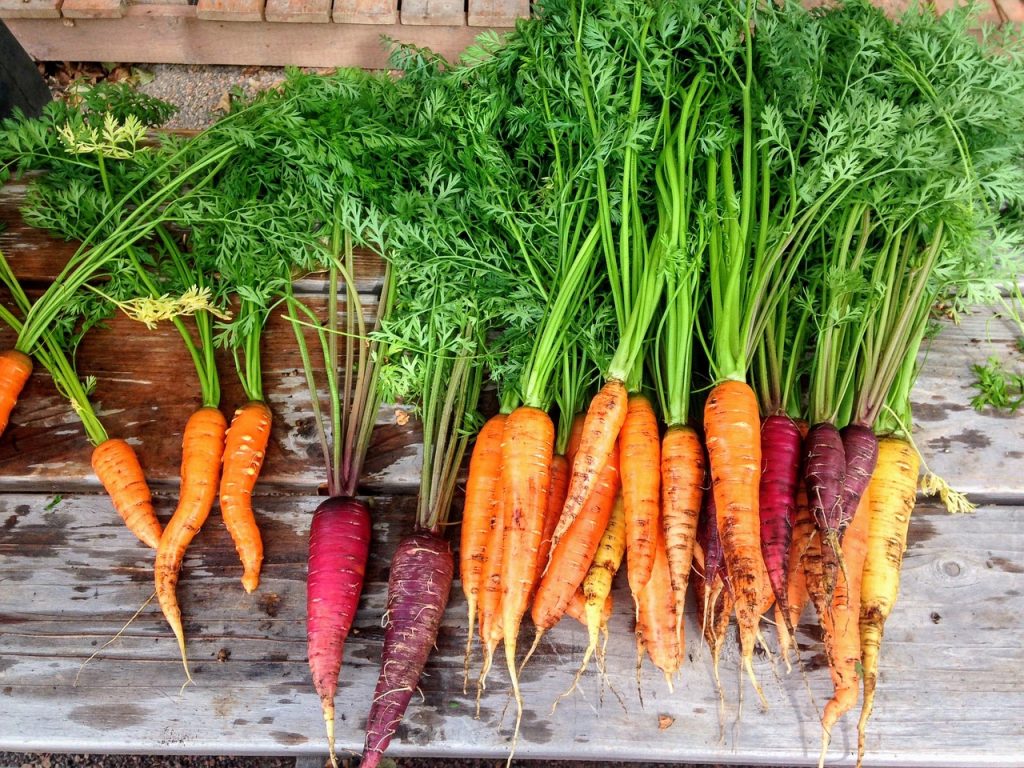
Description
Carrots are biennial, root vegetable plants belonging to the umbellifer family, Apiaceae, which also consists of vegetables like celery, parsnips and parsley. They are grown for their tap roots which are usually bright orange in color but can also be found in other colors such as red, yellow, purple and white.
Carrots are rich in essential nutrients such as vitamin C, vitamin A, beta-carotene, potassium and dietary fiber. They can be grown in raised garden beds or containers.
| Botanical name: Daucus carota | Propagation: Seeds |
| Common name: Carrot | Soil type: Loam, Sandy loam |
| Family: Apiaceae | Soil pH: 6-6.5 |
| Plant type: Biennial | Temperature: 15-200C |
| Hardiness zones: USDA zones 4-10 | Light: Full sun |
| Mature size: About 6in. tall, 1in. wide | Spacing: 2.5cm between plants |
| Flower color: White, purple, red | Pollination: Insects |
| Leaf color: Light to dark green | |
| Time to maturity: 3-4 months | |
| Native area: Asia |
Common Carrot varieties to grow
- Imperator: Carrot roots are long and tapered with a sweet, classic carrot flavor.
- Nantes: These are shorter and thicker than Imperator carrots. They are sweet and tender, making them great for snacking.
- Chantenay: Roots are shorter and wider than Imperator carrots, with a sweet and earthy flavor. They are ideal for heavy or rocky soils.
- Mini or Baby Carrots: These are smaller varieties that are harvested early. They’re good for container gardening and are typically sweeter.
Temperature Requirements
Carrots grow well in a temperature range of 15-200C. Carrots grown in areas with low temperatures (below 100C) grow long, slender and pale roots.
Soil requirements
Carrots grow well in deep, well drained loamy to sandy loam soil with pH of 6.0-6.5. Farmyard manure should be added one season prior to growing carrots. Immediate addition of fresh manure to soil just before planting carrots leads to growth of forked and hairy carrot roots.
Light/Sun requirements
Carrots should be grown in an area that receives full sun (at least 6-8 hours of sunlight per day).
Garden preparation and planting
Carrot seeds are very small in size, therefore require very smooth soil for proper germination.
Prepare the garden area by removing all existing vegetation, large stones and weeds.
Plough the soil to loosen it to at least a depth of 30cm for proper root development.
Prepare raised beds to give carrots additional depth for proper root development and a loose soil structure.
Rake the surface of the soil to a fine tilth before planting the seeds.
Prepare rows with spacing of 30-40cm.
Plant seeds by sowing in rows, with a distribution of 35-40 seeds per meter. Seeds should be planted at a depth of 1.0-2.5cm, covered with soil and watered thoroughly.
Cover the soil with a layer smooth mulching material like dry grass.
When plants have germinated, thin to provide spacing of 2.5cm between plants.
How to Care for growing Carrot plants
Watering
Carrots require constant supply of water throught growth. Dry conditions lead to growth of long, slender carrot roots and too much moisture leads to growth of large, pale and short roots.
Excessive moisture and water stress may also result into root cracking, therefore water supply should be reduced towards maturity.
Thinning
Thinning is important to obtain proper sized roots. Plants that grow very close together grow small and malformed roots (twisted around one another) while very large spacing leads to growth of large roots that are cracked.
The first thinning should be done at 1-2 weeks after germination (when they have developed 2-3 leaves) and provide spacing of 2-3 cm between plants.
Carry out second thinning, 2 weeks after first thinning (when plants have developed 5-6 leaves) to provide plants with spacing of 5-6cm.
Weeding
Weeding is very important during early stages of carrot growth. Weeds grow very rapidly and compete with weak young plants for nutrients and sunlight.
Remove weeds by hand or hoe and ensure the garden is weed free at all times.
Weeding requirements dwindle when plants have grown, and leaves form a canopy over the ground. Here, they can efficiently compete with the weeds.
Mulching
A layer of mulch can be added to the ground to retain moisture and reduce weed growth. Use smooth material like dry grass.
Common pests and diseases
Powdery mildew: This is a fungal disease caused by damp conditions and still air. Symptoms include occurrence of white substance on the upper side of leaves. Leaves may die under severe circumstances.
Control: Provide adequate spacing between plants, use only certified seeds, practice crop rotation and use recommended fungicides.
Root knot nematode: Destroys carrots by entering carrot roots through the tip, causing deformations in several directions. Carrots mostly get infested during summer months, when high temperatures favor growth of the nematodes.
Control: Grow carrots in cool seasons, keep equipment and tools clean to avoid transfer of nematodes from elsewhere.
Leaf spot: Affects leaves, forming small spots with yellow halos on young leaves. Spots soon turn gray and may cause leaves to die.
Control: Practice crop rotation, water plants during early morning so that water can dry off during the day and provide proper spacing between plants.
Harvesting Carrots
Carrots are ready for harvest, 3-4 months after planting or earlier, in case you prefer baby carrots.
Carrots should be harvested on time as late harvesting leads to formation of cracks in carrot roots.
Cut off water supply to carrots, 2-3 weeks before harvesting so that roots develop a sweeter taste and also avoid crack formation.
Harvest carrots by pulling out by hand or using a garden fork.
Trim off the top parts and wash off soil from the roots.
Allow carrots to dry and use in your favorite dishes or store for future use.
Storing carrots
Carrots can be stored for later use by keeping them at room temperature where they can stay for 5-7 days or store them in a refrigerator where they can keep fresh for up to a month.
Physiological disorders
Forking: This occurs when carrot roots develop a forked structure, become forked or twisted. It is caused by growing carrots in clumpy soil or adding fresh manure to soil just before planting.
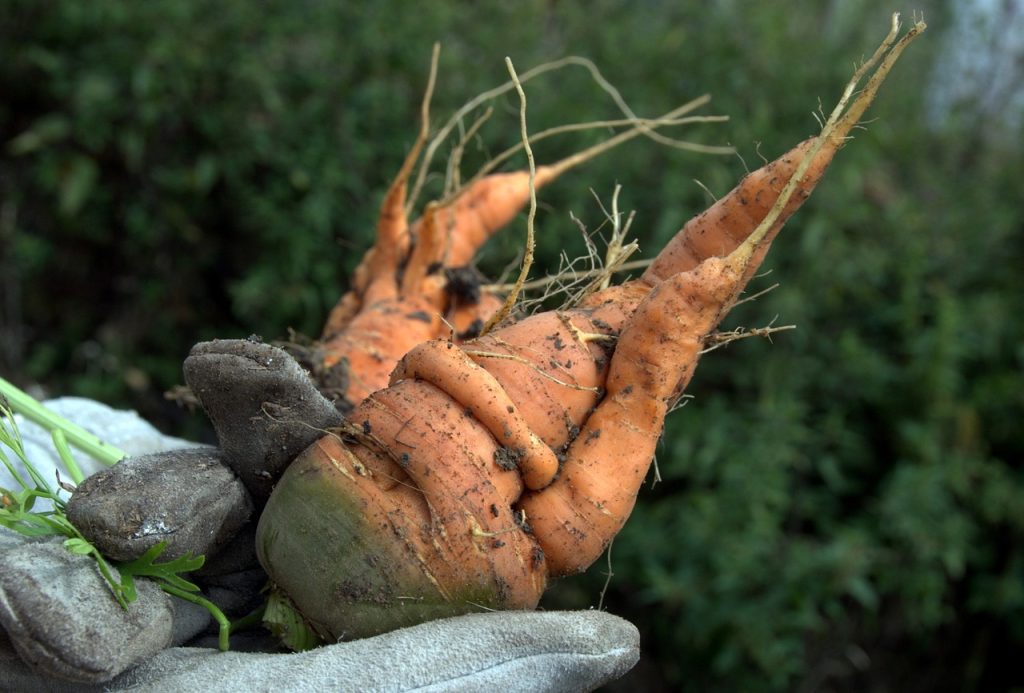
Corrective action: Plant carrots in raised beds with smooth soil and avoid adding organic manure to soil just before planting.
Cracking: Roots develop cracks longitudinally. It is caused by lack of moisture or too much moisture.
Corrective action: Water plants adequately.
Green shoulders/Sunburn: This occurs when the top part of the carrot turns green. It is caused by direct sunlight approaching exposed carrot heads.
Corrective action: Lightly cover exposed carrots using soil or mulch carrots to cover the top part of the soil.
